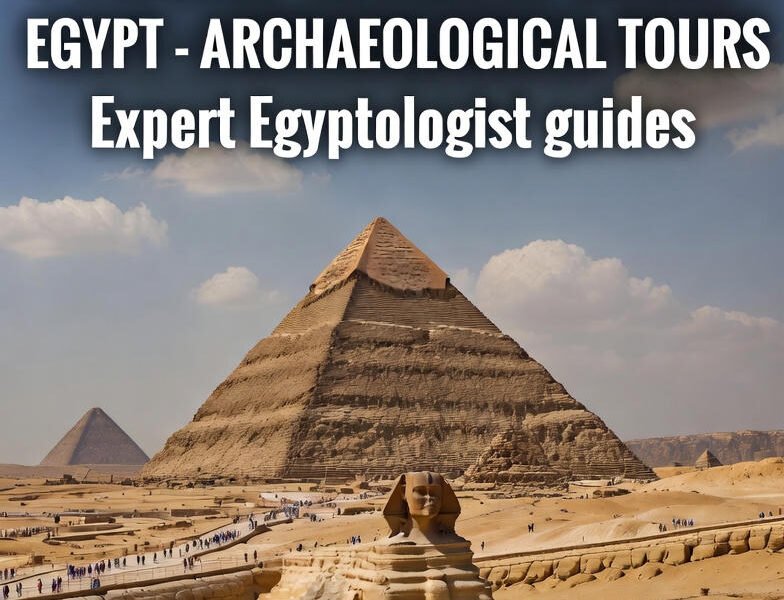Egypt, the land of Pharaohs, pyramids, and timeless Nile River adventures, calls to the intrepid traveler. For many,…
Every traveler researching Egypt eventually asks: how much does a private tour guide cost in Egypt? The answer…
For travelers seeking the most authentic and profound archaeological tours pyramid, nothing rivals the expertly crafted archaeological tours…
For travelers over 65, nothing compares to a thoughtfully designed Cairo & Nile Cruise tour for seniors. This…
Every day we receive the same important question from excited travelers: “How much do Egypt travel packages cost?”…
Embarking on a journey down the Nile is a timeless experience, but for couples seeking the pinnacle of…
The holiday season is a time for magic, and there is no place on Earth where magic is…
Why 2026 is the Perfect Time to Experience Egypt Egypt, the land of Pharaohs and timeless wonders, continues…
Embarking on a journey to Egypt is a once-in-a-lifetime experience, a pilgrimage to the cradle of civilization. To…
The River Nile, the lifeline of one of the world’s greatest civilizations, has captivated travelers for millennia. While…
Embarking on a journey down the legendary Nile River is an absolute must for any traveler visiting Egypt.…
The Nile River, the lifeblood of ancient Egypt, is more than just a waterway; it is a timeless…















